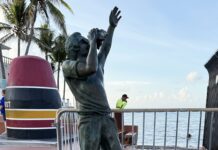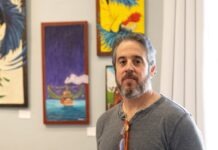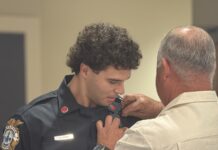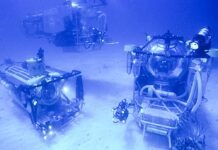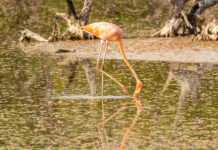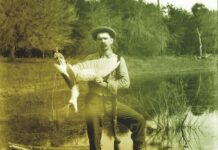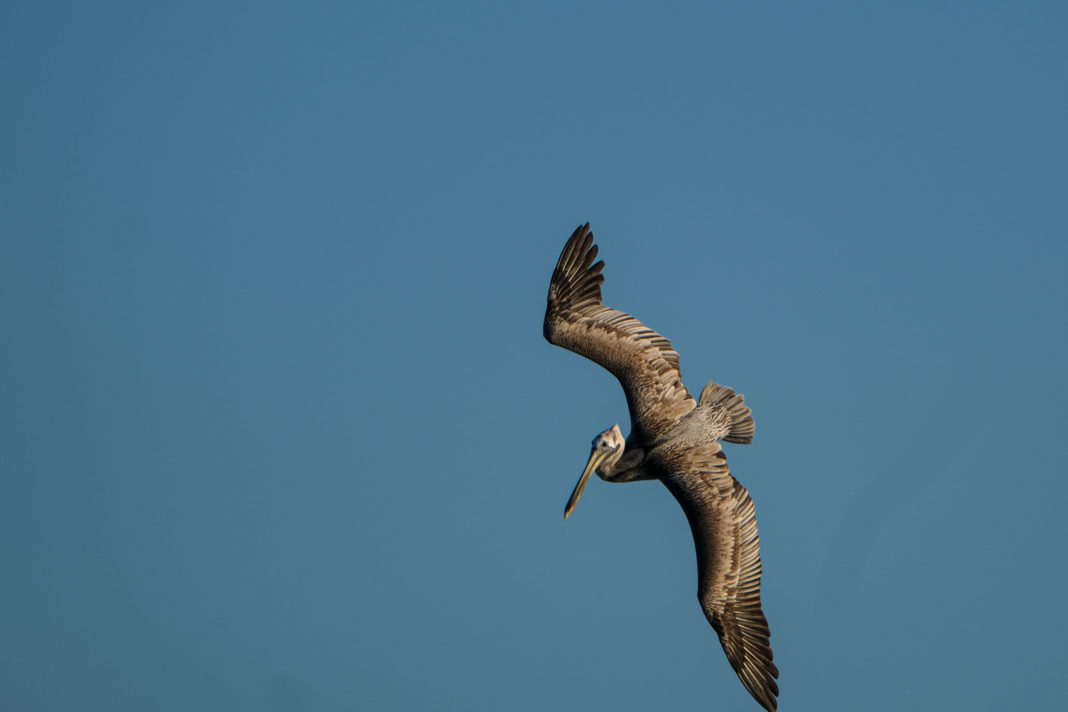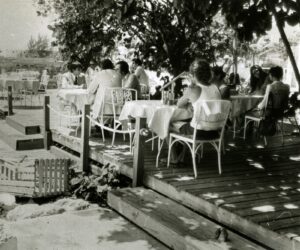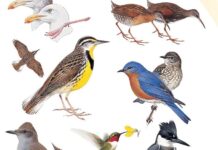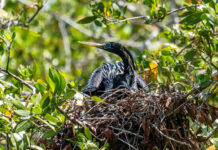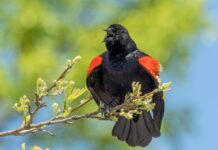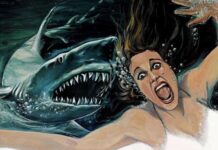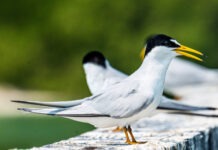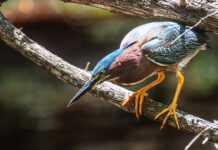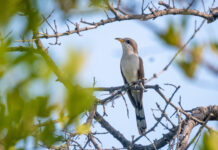You don’t think of Herman Melville as a funny guy, but he was. Darkly so. There’s an oft-quoted paragraph in “Moby Dick” where he talked about being in the grips of depression, a.k.a. the “damp, drizzly November” of the soul. He described himself as pausing in front of coffin factories and bringing up the rear of every funeral that passed, which made you wonder what kind of neighborhood he lived in. He described having to prevent himself from “stepping into the street, and methodically knocking people’s hats off,” which I think might be the most relatable urge ever. At least if you live in a tourist town.
When these moods and impulses took over, he said – or his narrator said – it was “high time to get to sea.”
I wasn’t quite at the chapeau-slapping stage the other day, but I was in a bit of a funk, at loose ends, whatever you want to call it. There was really no excuse for it. The weather was perfect. It had been weeks since the dog had stolen and/or destroyed anything important, expensive or sentimental. No one was even doing any construction in the neighborhood. And I thought about Melville and his prescription, and the fact that I live on an island which is – get this – entirely surrounded by the sea. There really is no excuse for wallowing. So I grabbed my binoculars, got on my bike, and pedaled slowly down White Street to the pier.
The water, when I got there, was as calm as I have ever seen it. Dare I say limpid. Smoothness as far as the eye could see, with these sad little waves slapping ineffectually against the rocks. It might as well have been summer, if the light wasn’t gorgeous and the temperature a relentlessly pleasant 70 degrees. I rode to Higgs Beach. The only birds I saw flying at either place were laughing gulls and royal terns and the occasional rock pigeon. Feh.
I was considering going home to continue my funk when I decided to head to the nature trail next to 1800 Atlantic.
The trail is usually pretty reliable for warblers or other songbirds, though none made themselves apparent as I crunched along the newly laid gravel. At the end of the trail the cool shadiness opened into a wide arc of air and some more oppressively placid water – a cathedral of emptiness. There was a distant parasail boat hauling some foot-dangling tourists around, and a cluster of jet skis, but they were somehow quiet, too.
The world’s got nothing for me today, I thought, while simultaneously thinking, maybe it’s the other way around. So I sat down, and tried to be zen about things. I told myself I would just sit there for 10 minutes and see what happened.
Whenever Edward Abbey wrote a travel piece, he would pull out a notebook and name all the plant life he saw. Which seemed like a good exercise. Sargassum, I wrote down, because it was right there and slightly acrid. Then palm tree, then gumbo limbo. Then I saw my first nearby bird.
It was a willet, nothing unusual. And it was standing on one leg, head tucked under its flight feathers, asleep. Birds do that one-legged thing all the time – they will even hop around like that. They do it so often people are sometimes convinced they are missing a leg. I’ve read a couple things that confidently state they do this to keep warm in cold weather, but it was a little hard to reconcile that idea with the current temperature and the fact that you see birds doing it in Florida and other warm places year round. There are theories that some birds have what is called unihemispheric sleep, in which they rest half their brain at a time, so maybe they are also resting half of their bodies. And there is the fact that flamingos spend a lot of time on one leg, and biologists discovered that their skeletons and musculature work in such a way that it requires less energy to sleep on one leg. All of which leads to the conclusion that, like a lot of behavioral things, no one really knows why some birds sometimes sleep standing on one leg. They just do.
Out over the water a pair of brown pelicans were flying around. It seemed a loose association at first, like two people who vaguely know each other walking through an airport to the same gate, but then they got more organized, diving together in various degrees of synchronicity, sometimes hitting water together from identical angles, sometimes coming from different angles and hitting half a second apart but only feet away.
After they’d gulped down their pouch full of fish, they would take off again, flying seemingly without mission before, with a flick of the wing, they would auger in and dive again.
It was hard to figure if they were communicating or if these were just the best practices dictated by the wind and the fish and the water. Were there subtle gestures that only pelicans would pick up on?
I tried to imagine a research method that would answer those questions.
I looked at my phone and it had been close to an hour. The no-see-ums were starting to outpace my ability to slap them. So I got up and headed back up the trail, my mood appreciably less dour than it had been.
Small mysteries – they’ll get you out of your head.

